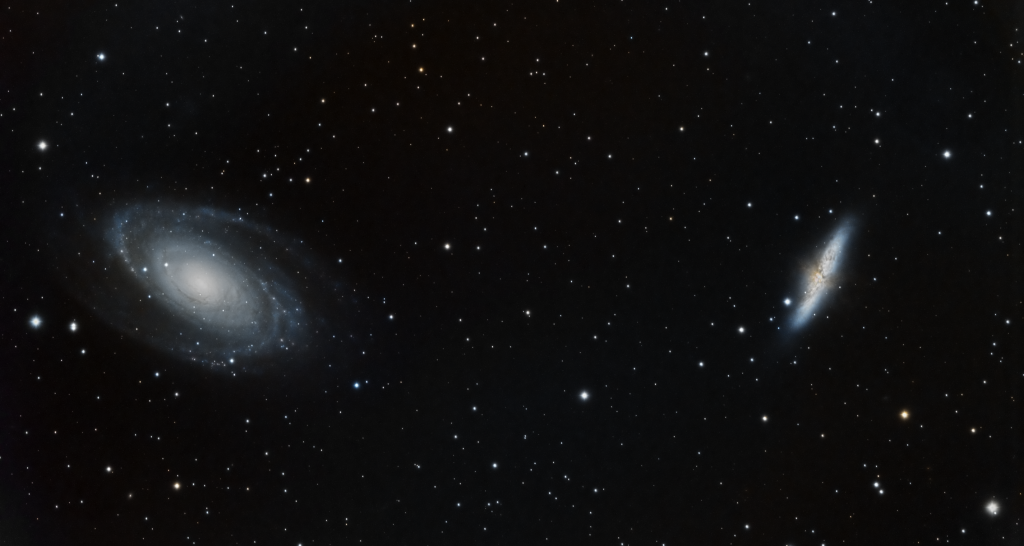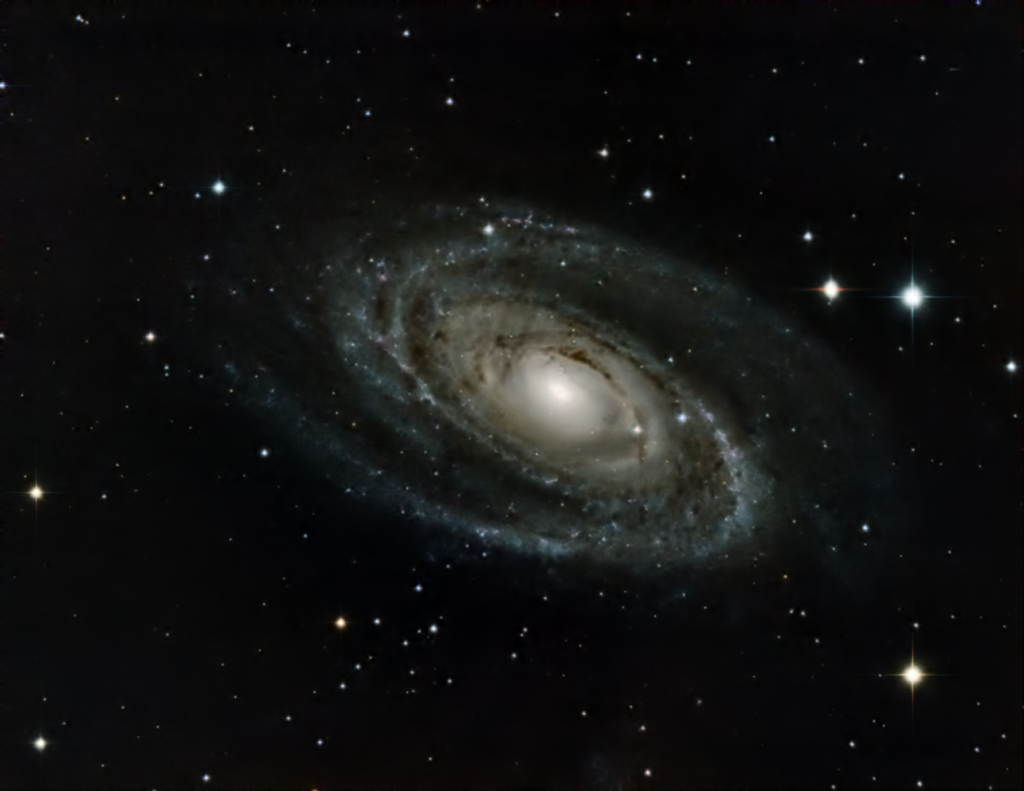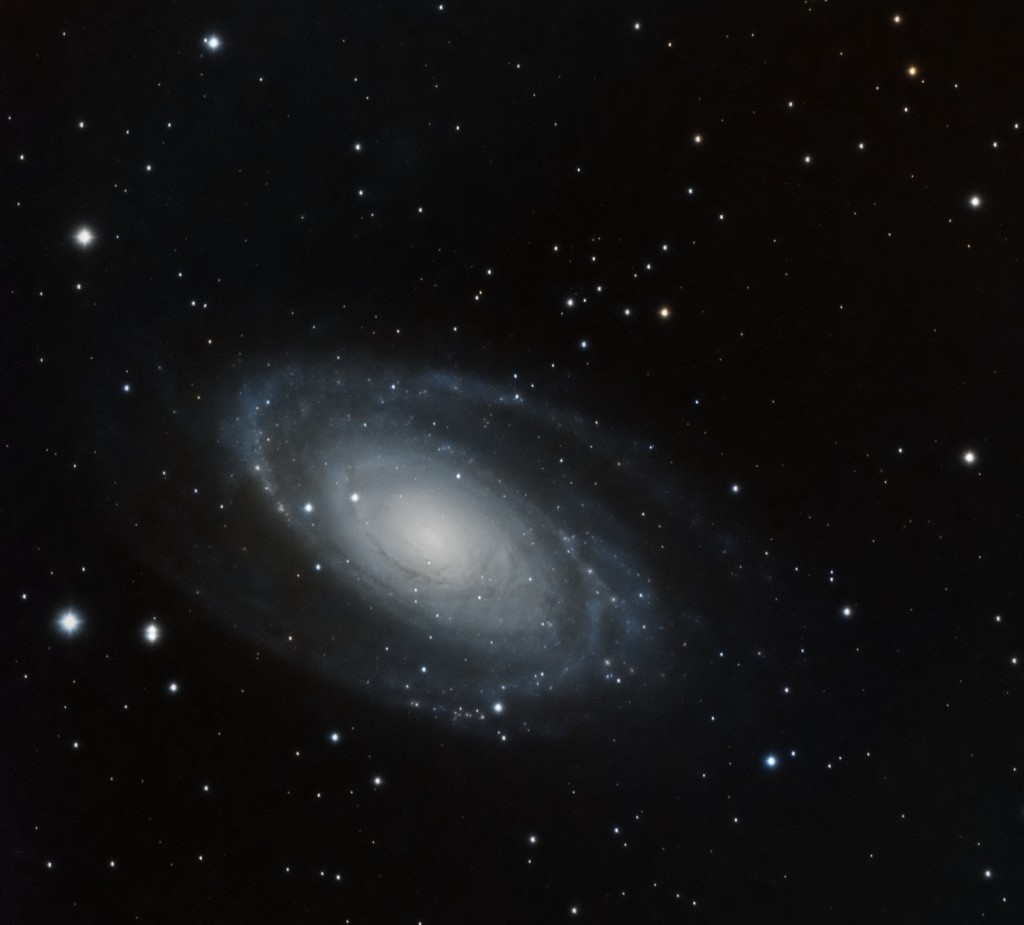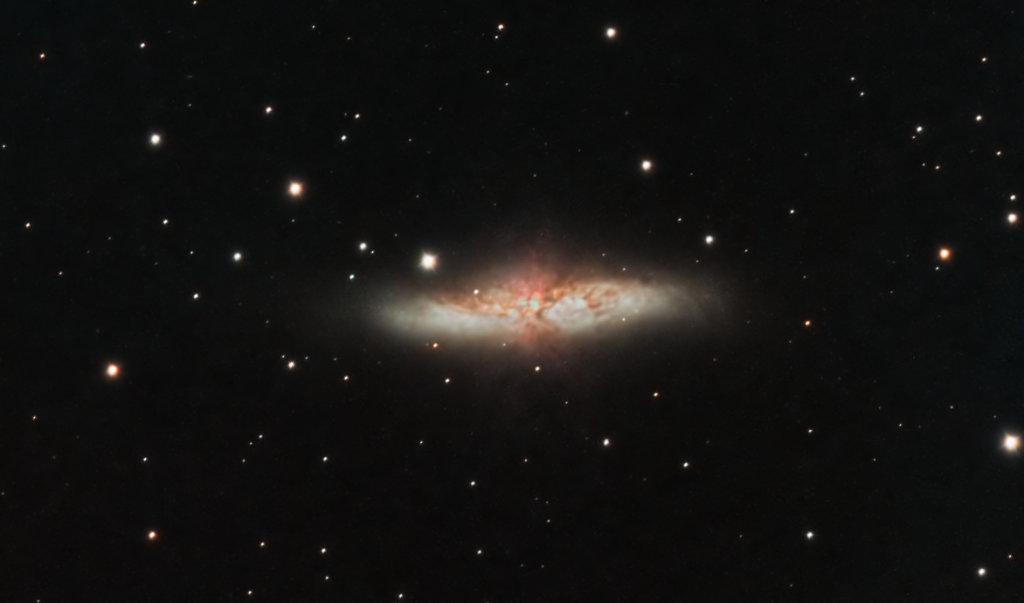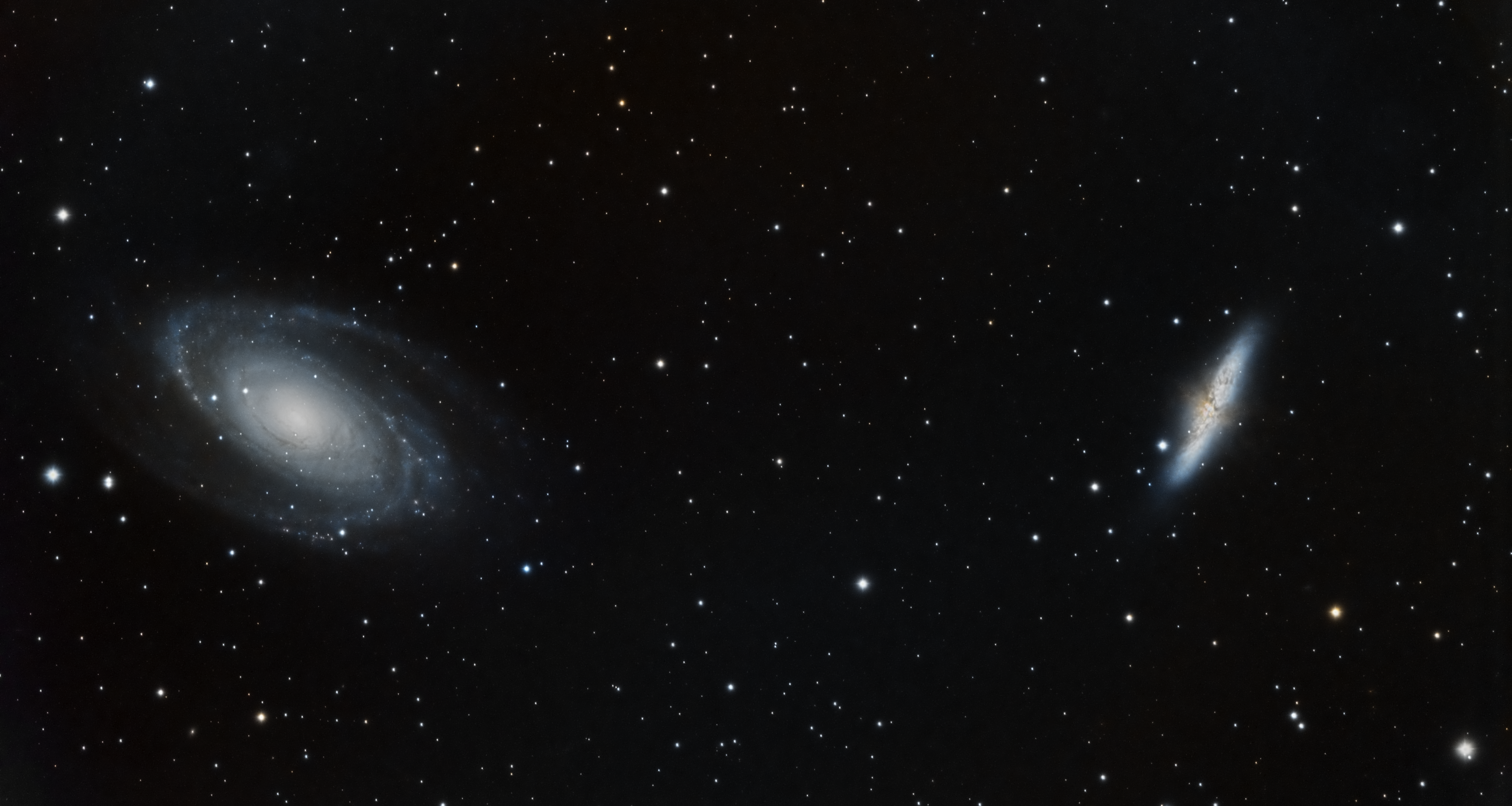
Similar Posts

Summertime weather hiatus…
Yeah, it’s been a couple of months since we’ve done a live star party online, or posted any new pictures. That’s just summertime in Central Florida for you – it’s been too cloudy to do any imaging or observing. The skies should start clearing up more in a couple of months, and we have every…
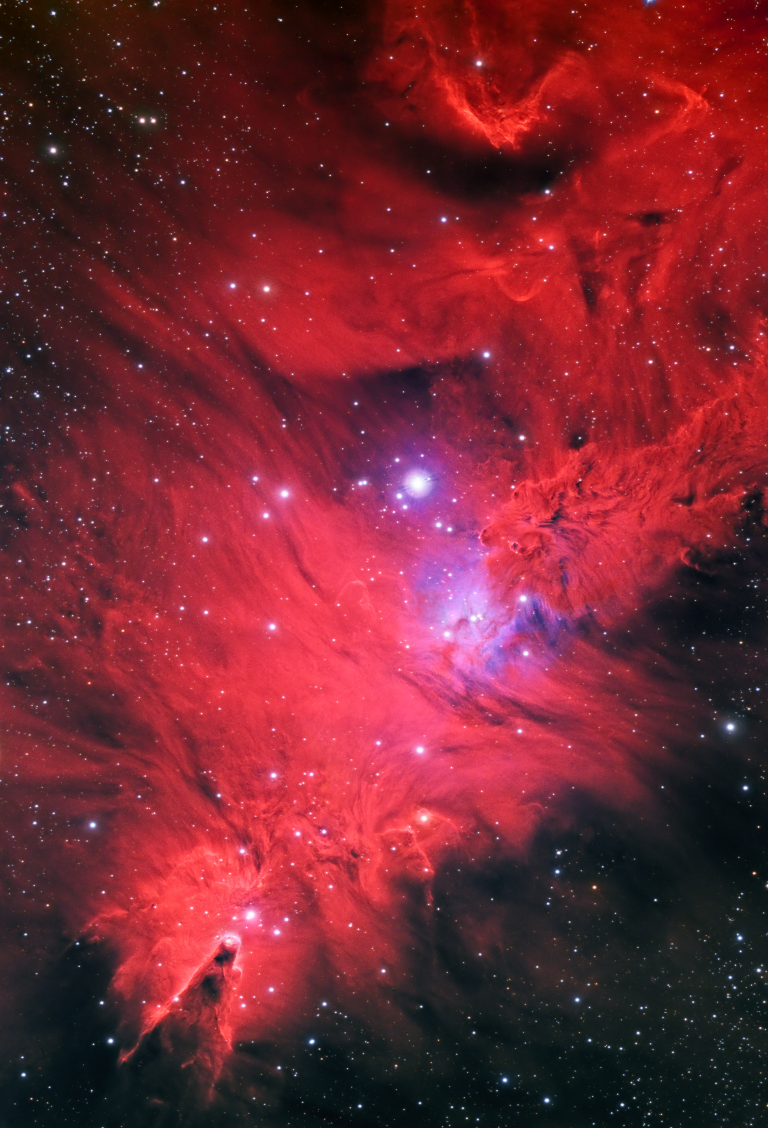
Going deep on the Cone and Fox Fur Nebulas
About 2,700 light-years away within the constellation Monoceros lies the Cone and Fox Fur Nebulas, containing the “Christmas Tree Cluster” of stars as well. I’ve imaged this many times before, but have never been happy with the results. By combining data from last year with more data collected this year however, I finally got enough…
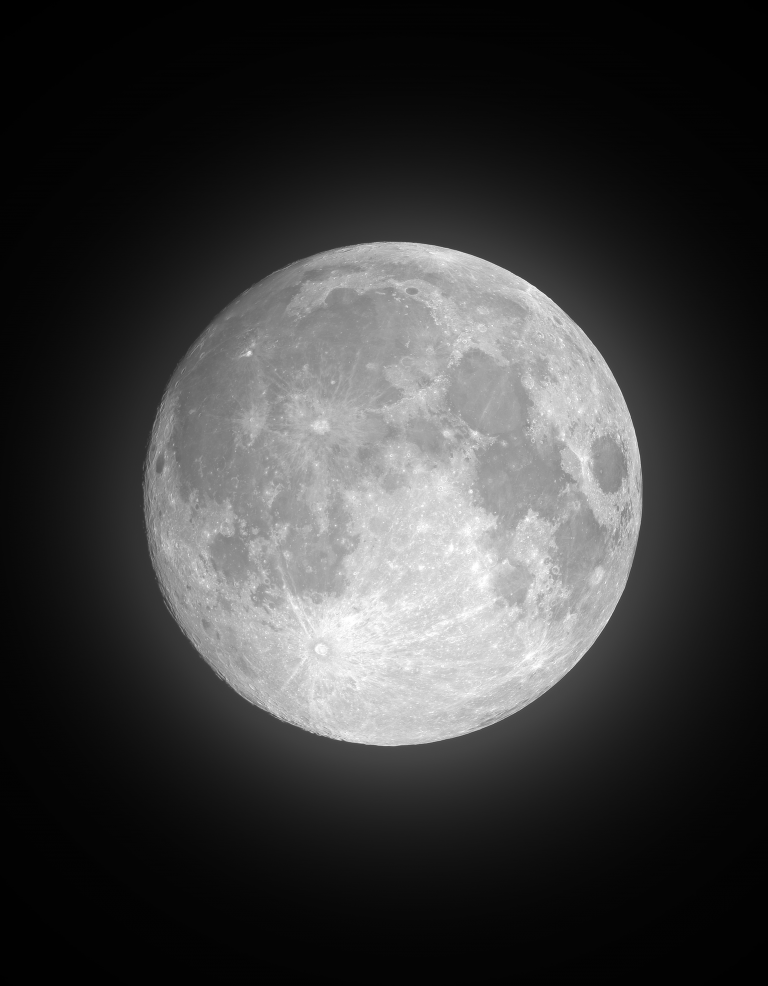
The Moon
Last night was hazy, cloudy, and with an almost-full moon that would wash out anything else I could try to image. So, I imaged the Moon itself. Tried out some new techniques; usually you would use a specialized telescope with a specialized camera and specialized software for shooting the Moon, but I wanted to see…

Light pollution: dealing with it.
(Image credit: ddmitr, iStockPhoto.com) Every picture on this site was taken from a suburban driveway in a “red zone” on the light pollution map, literally underneath a streetlight. Every year more subdivisions and apartment buildings spring up in my city, and light pollution from the metro Orlando area just keeps getting worse. There are four…
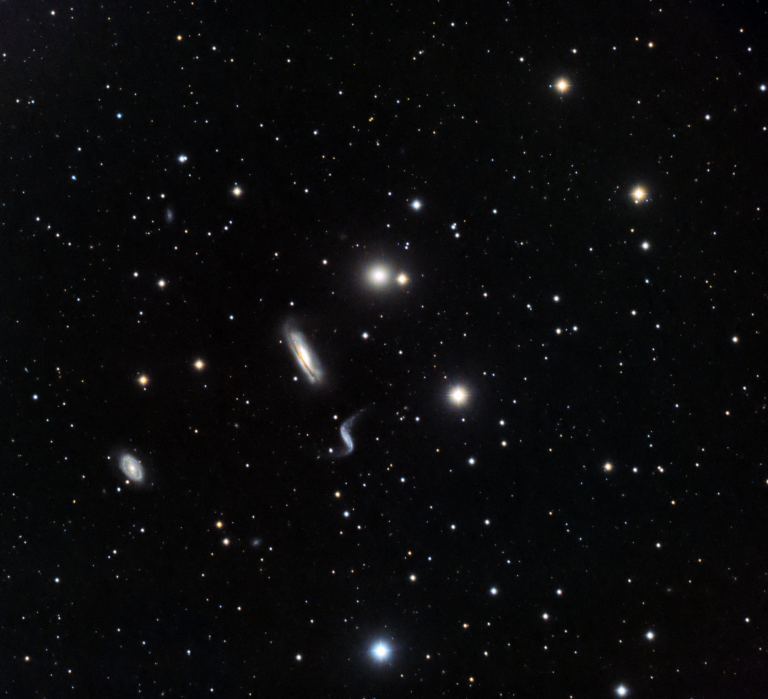
The Hickson 44 Galaxy Group
This is a weird little cluster of galaxies – there are four in all, and each one is completely different. There’s a weird, S-shaped one that must have been messed up by its neighbors in the past, a somewhat normal-looking spiral galaxy, and elliptical, and another one that’s viewed edge-on. Galaxies that have interacted with…
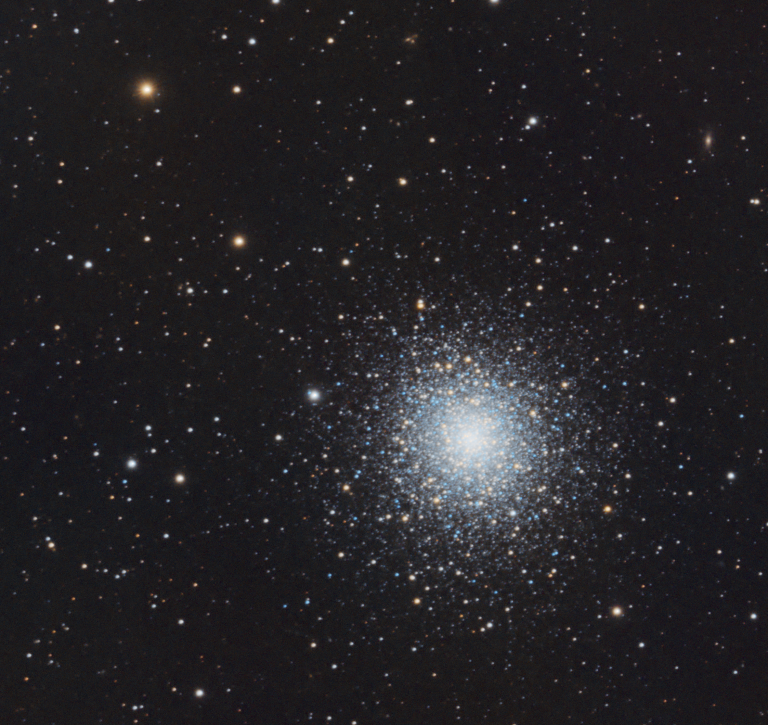
Globular cluster M92
Also in Hercules, M92 is often passed over for its larger and more dazzling neighbor, M13. But M92 is pretty in its own way! It’s also one of the oldest globular clusters in our galaxy (over 11 billion years old) and has some very interesting background galaxies around it too.

